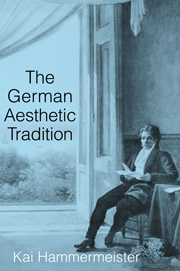Preface
Published online by Cambridge University Press: 14 January 2010
Summary
The questions regarding art and beauty are as old as philosophy itself, or older, considering that Homer, Hesiod, and Pindar already reflect on the role and particular gifts of the poet. Yet for the longest time, art and beauty have been treated separately for the most part. The two notions were generally discussed in the context of other philosophical issues in which art and beauty played only a subordinate role. Philosophically, beauty more often than not was treated in the context of metaphysics, be it for Plato, Plotinus, or Thomas Aquinas. The concept of art, on the other hand, underwent a long series of permutations that have by no means reached an end. The tendency was for the concept of art to become narrower and to exclude more and more activities and products. Crafts, trades, and skills were originally all included in the concept of art, understood as τὲχνη and ars; the equation of art with the fine arts was a very late development.
No art, whether as practical know-how or as a member of the fine arts family, was ever considered autonomous before Kant. Art was imbedded in a social, pedagogical, theological, or merely economic program that regulated its production. Not until the eighteenth century were the questions regarding art's epistemological and practical value, and about the nature of the work of art and of beauty, integrated into a systematic, independent philosophical discipline that then became known as aesthetics.
- Type
- Chapter
- Information
- The German Aesthetic Tradition , pp. ix - xviPublisher: Cambridge University PressPrint publication year: 2002

